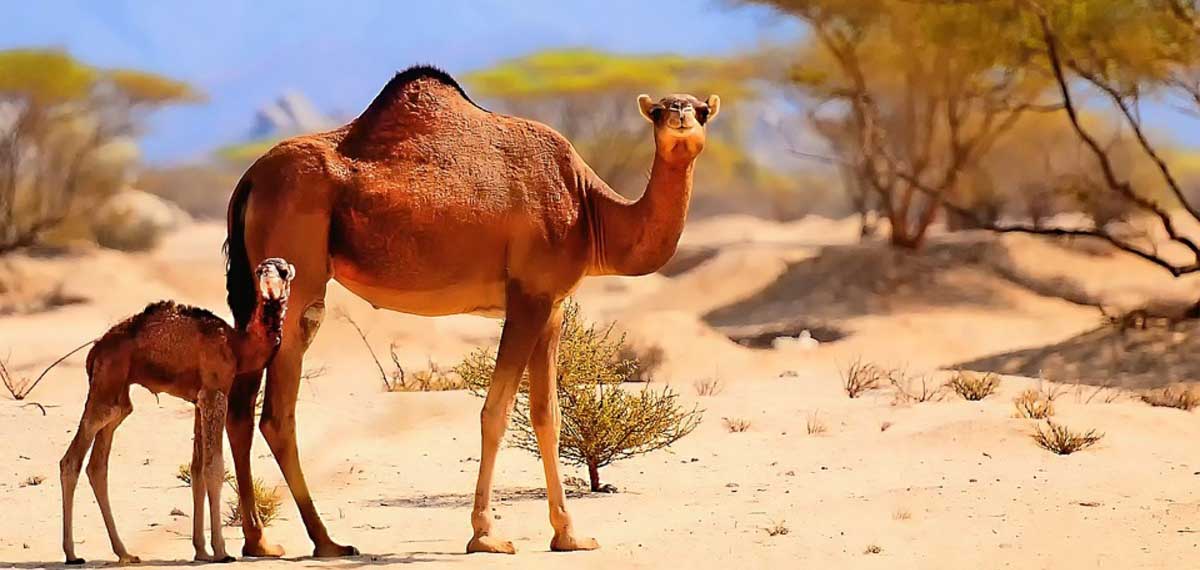
The Sahara desert is one of the most famous deserts in the world, with its hot days and cool nights. It seems that nothing or nobody can live in it and, nevertheless, the Sahara has a lot of life.
In its dunes, where one can imagine that there is not a drop of water that sustains life, in reality the opposite happens: the Sahara overflows with life! Its animals are some of the oldest species on the planet and have managed to adapt to living conditions that are not easy at all. let's see today the animals of the Sahara.
addax antelope
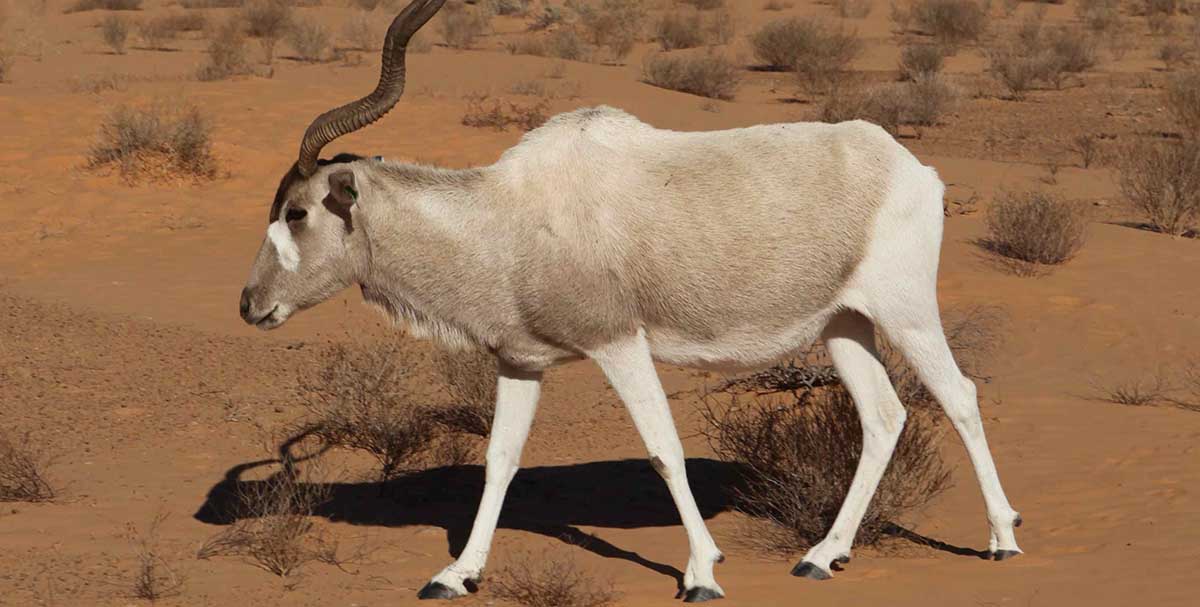
It is a kind of flat-footed antelope, legs that allow them to travel through the sands. But it's a shame that it's in danger of extinction since they look for their meat and their skin, in addition to the fact that their habitat is deteriorating due to global warming and human action.
Today these animals are smaller than in the past and due to their legs, it is also difficult for them to escape from their natural predators.
dromedary camel
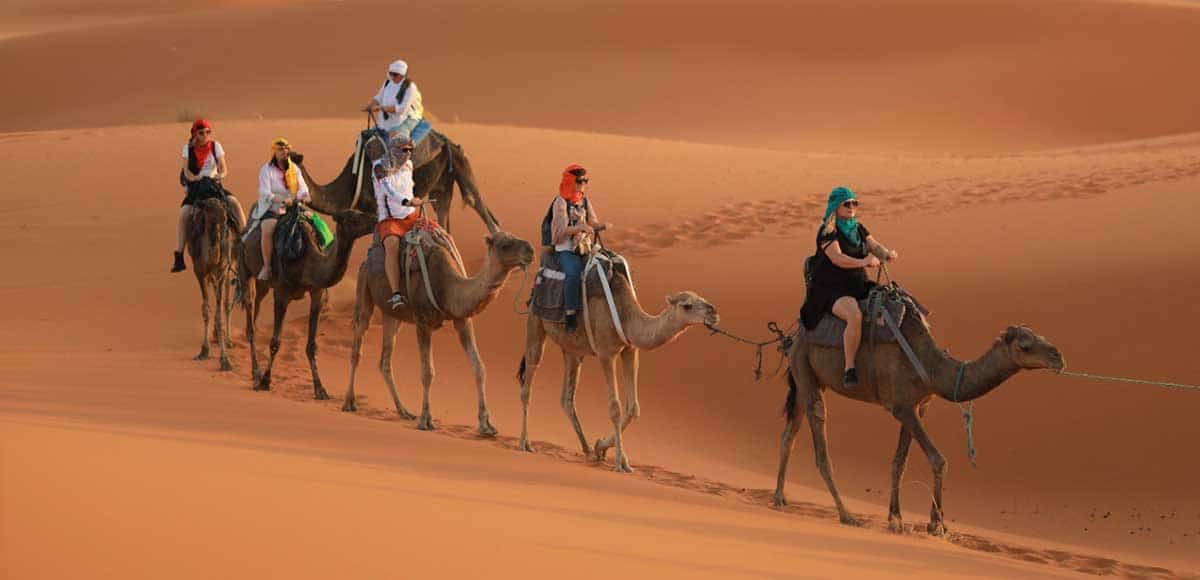
The camel and the desert go hand in hand and the dromedary, the two-humped camel, is the classic postcard of the Sahara. It is here in its humps that the animal stores fat, not water. The camel can drink 100 liters of water in just ten minutes!
It is also an animal very tame, one of the great desert domestications, and it is used a lot since it is very strong and can travel many kilometers without water or food. Man's best friend on earth how are you!
Dorcas Gazelles
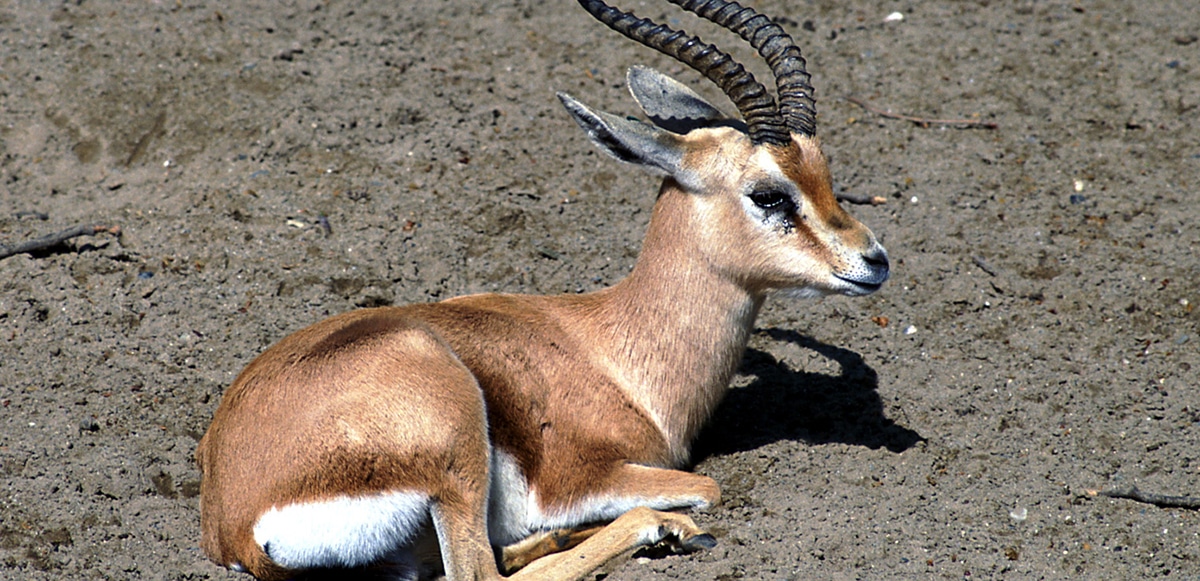
Is the most common species of all gazelles: It is 65 centimeters tall and weighs about 50 pounds. Another name it receives is "Ariel gazelle". These are vegetarian animals that eat leaves from bushes and trees.
Have you seen them jump when they see their predators? They are the ones and, according to the specialists, they do it to show them that they are in good condition and that they are going to hit the bullfight of their lives. They have courage yes, but even so it is a very vulnerable species.
dung beetle
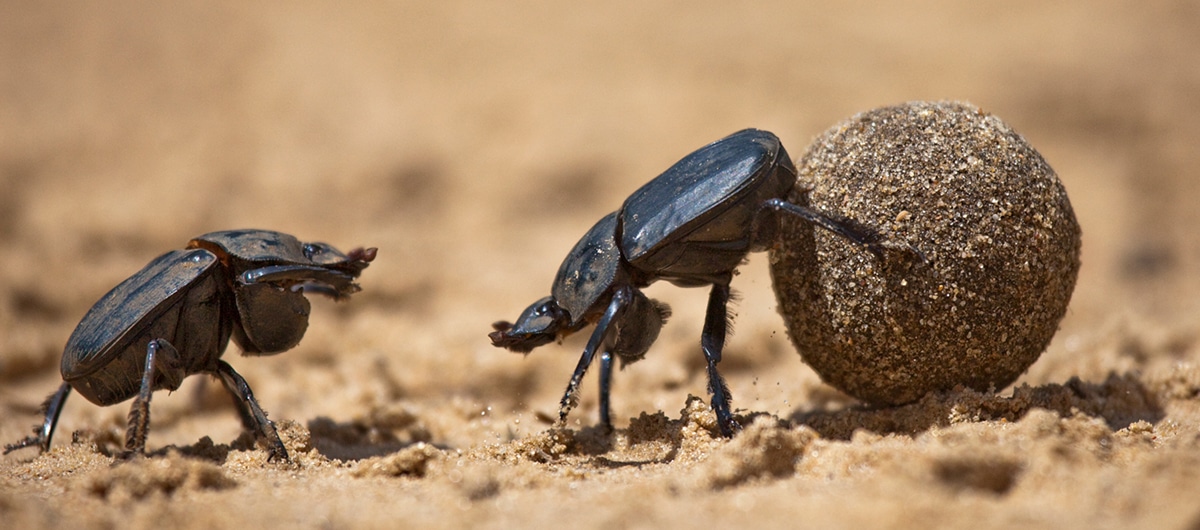
Is that small black beetle that poops a lot and that feeds on everything left by other animals. Three types are counted, the one that makes poop balls, the one that digs burrows and the one that is quite lazy and only lives in poop.
This eschatological custom, that of making balls of poop, is preferred by the males of the species. Females are more into digging burrows and staying inside.
horned serpent
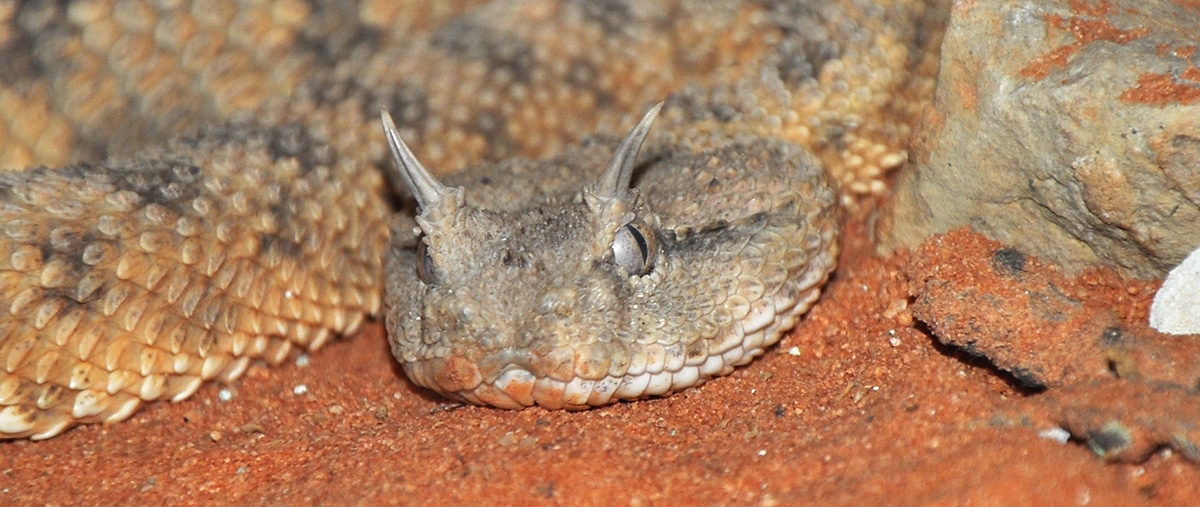
They are also known as sand snakes and can grow up to 50 centimeters long. Only you see them at night and generally during the day they bury themselves in the sand. Are poisonous snakes that can cause a lot of damage to the skin, destroy cells and produce a lot of toxicity.
The horned serpent today is a endangered species mainly due to the degradation of their environment. Nobody knows for sure why they have horns over their eyes, although it is speculated that it is to protect them from the sand or to navigate through it or to camouflage...
monitor lizard
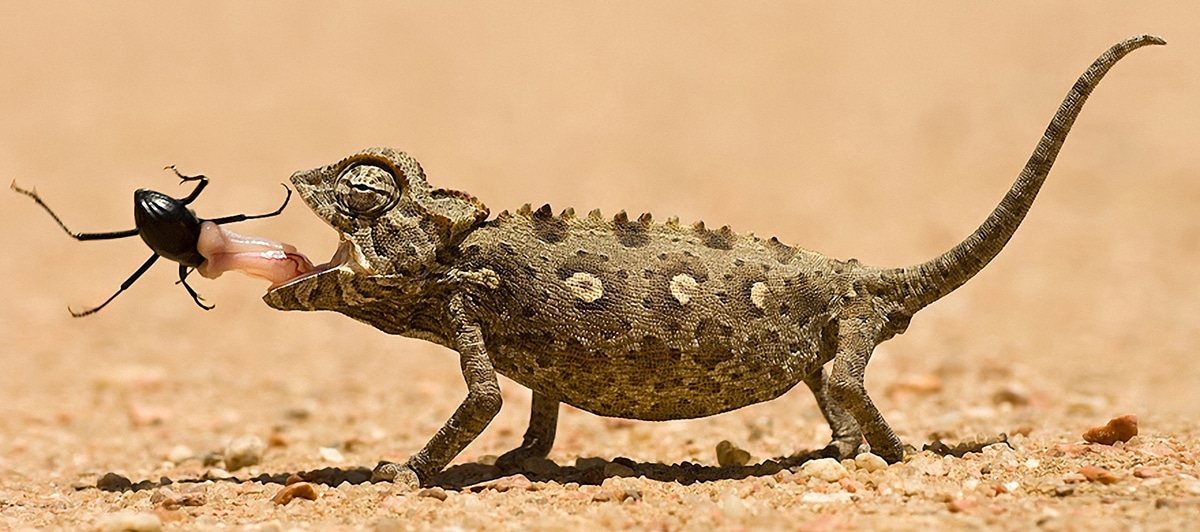
it's a reptile super poisonous, cold-blooded, so the ambient temperature has a big impact on their actions. They live in hot hives and when it gets cold they are nowhere to be seen. That's why the lizard basically has no fighting mechanism at all, so when it's cold they get super defensive and it becomes very aggressive.
What do monitor lizards eat? They eat small animals such as rats, mammals or insects. All they can find.
killer scorpion
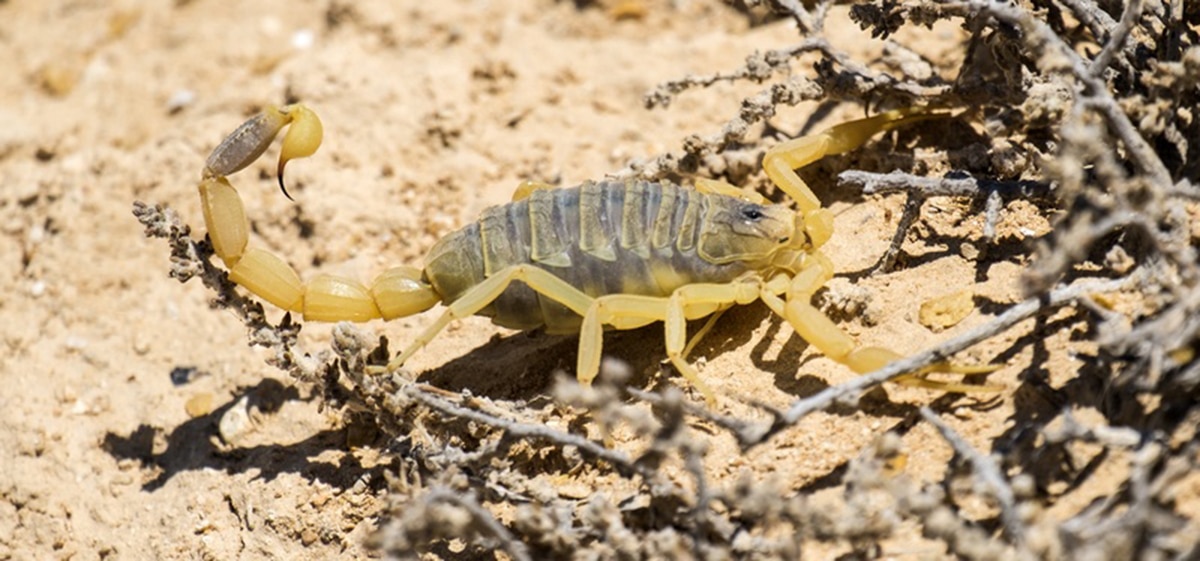
It's a poisonous insect and they use their weapons in two ways: with their long pincers they hurt their opponents and with their smaller and weaker pincers, one in particular that has a black tip, is the one with which they inject the poison.
This poison has neurotoxins and produces a lot of pain. Children and the elderly are especially susceptible so tread carefully. The worst thing is that there are people who market them and sell them as pets.
desert ostrich
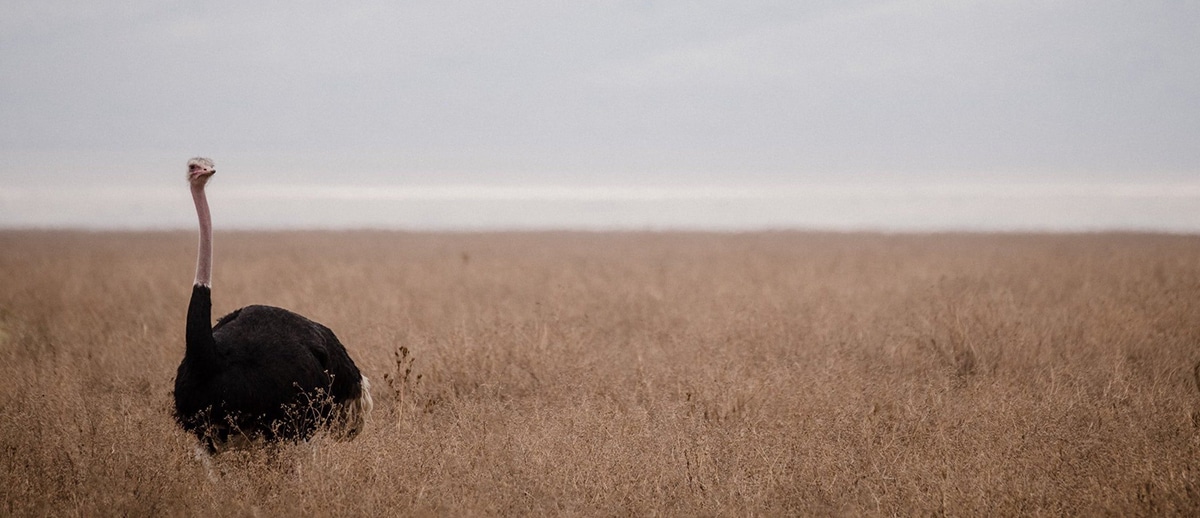
A bird that doesn't fly, poor thing. That's how they always think of her, but in truth her inability to take flight makes up for it very well by being one of the fastest animals in the world. An ostrich can run 40 miles per hour, even though they are big.
There are different species of ostriches in the Sahara desert, they put gigantic eggs and its long legs have two toes, which is great for walking long distances. These legs are also super strong, they can hit super kicks, and to this is added that they have a fabulous sight and an exceptional hearing.
Desert ostriches generally do not go far from water sources and if you watch them carefully, be careful, there are predators nearby. What do they eat? Shrubs, grass, sometimes small animals.
wild african dogs
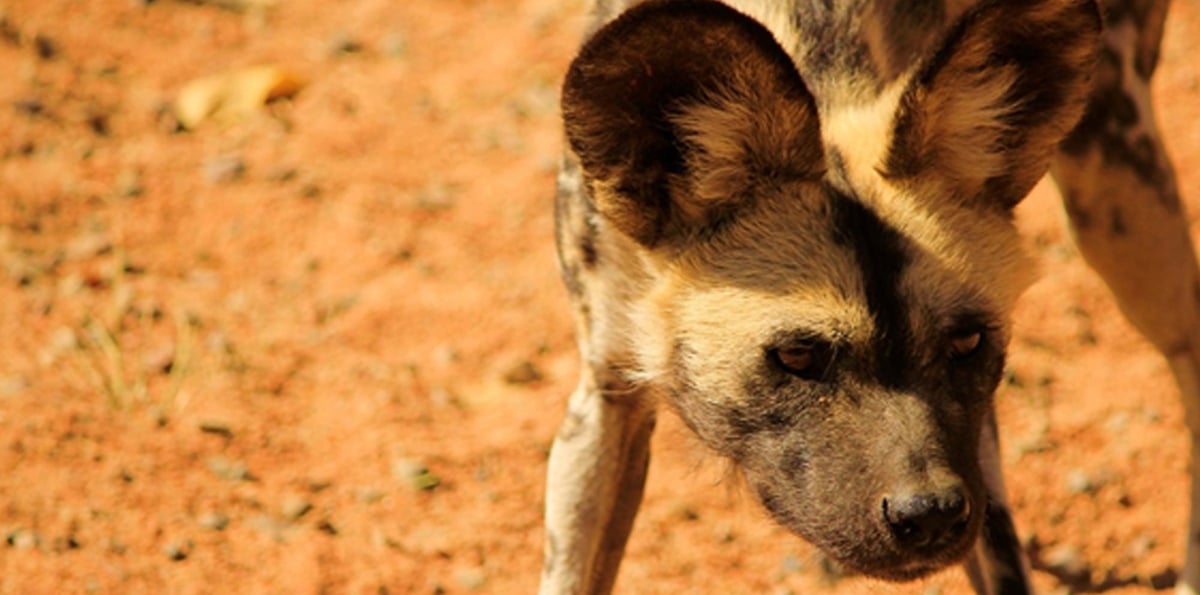
They are super energetic wild dogs and very persistent when it comes to chasing their prey which, finally, when they reach it, they disembowel it. Dogs live in the savannahs in the south and center of the desert, in solitary herds
It is estimated that their success rate when they start a hunt is over 80%, 90% in the Serengeti, when the success of the lions is 30%. They are super successful! And if that wasn't enough, after killing the prey they let the old dogs and puppies feed first.
saharan cheetah
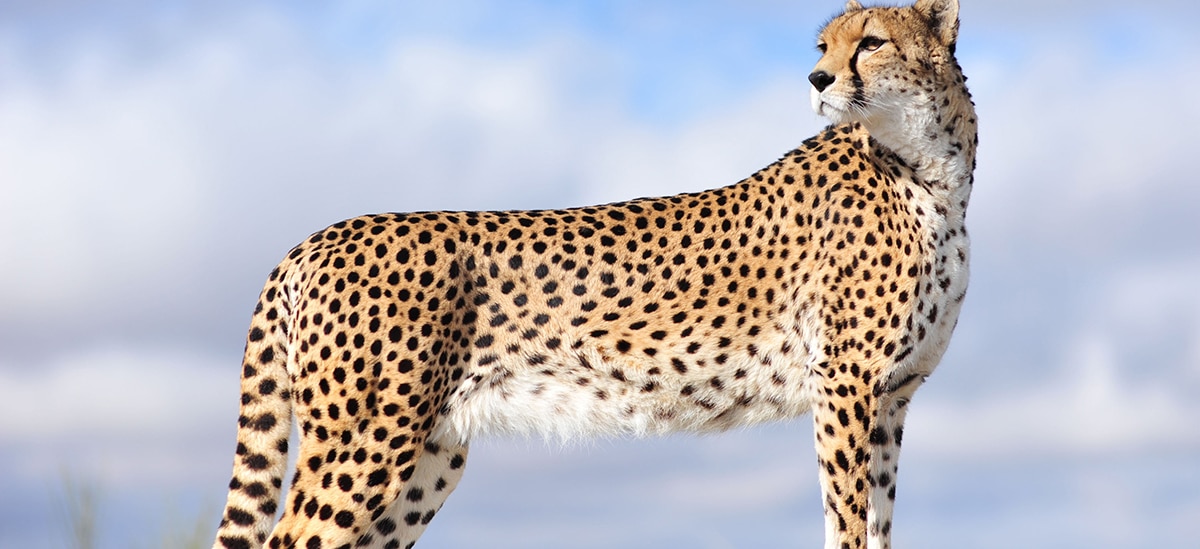
These animals They are in extinction, about 250 animals remain in the central and western Sahara and in the savannah of Sudan. In contrast to other cheetahs this subspecies is smaller, with few coat colors, and shorter.
The cheetahs of the Sahara desert they hunt better at night and that is a product of the very heat of its environment. They can also survive longer than their cousins without water, since they drink the blood of their prey.
fennec fox
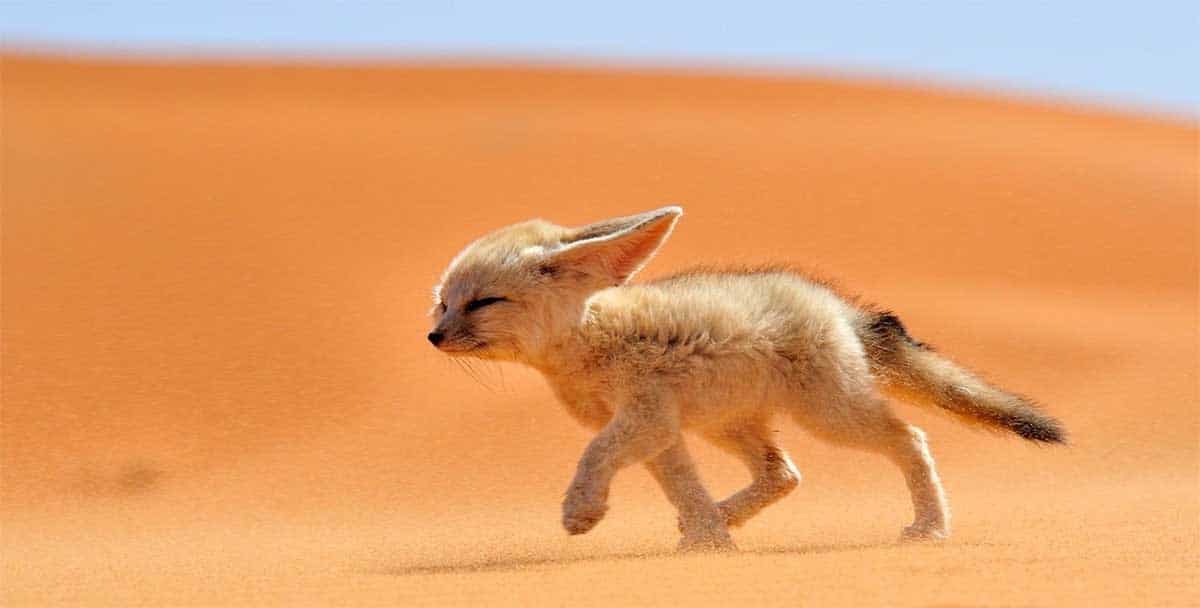
Fanak means fox in Arabic so the name of this little fox is a bit redundant. The Fox it is small, one of the smallest canines in the family made up of wolves, foxes and dogs. It has very light fur and that helps to reflect the sunlight.
this fox has desert-adapted kidneys, so they minimize water loss from your body. Have a great sense of smell and very good hearing. That is why they track their prey by listening, basically. They can also climb trees in search of small birds and eggs.
jerboas
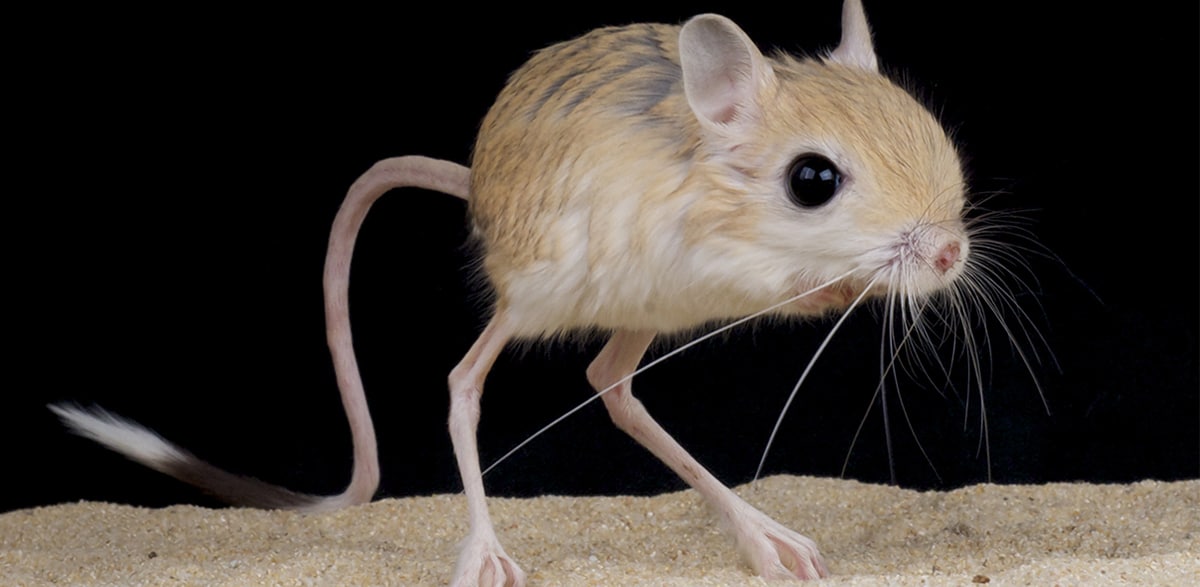
It is a rodent that has adapted very well to living in the harsh desert. Can jump and run at high speed, so that's why it continues to survive and escape from its predators. Their diet consists of insects, plants and seeds, from which they also get hydrated.
Anubis Baboon
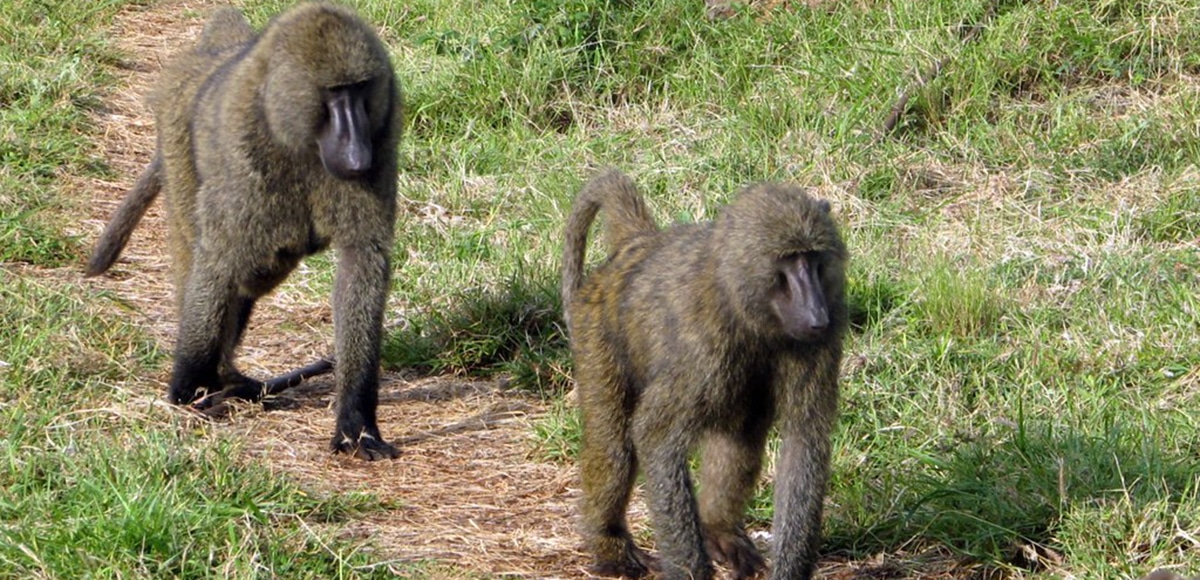
It is a very African species that is also seen in the mountainous regions of the Sahara. It has a slightly grayish color from a distance, but up close it is multicolored.
The males are larger than the females and survive in the desert by eating a little of everything, plants and small animals.
nubian bustard
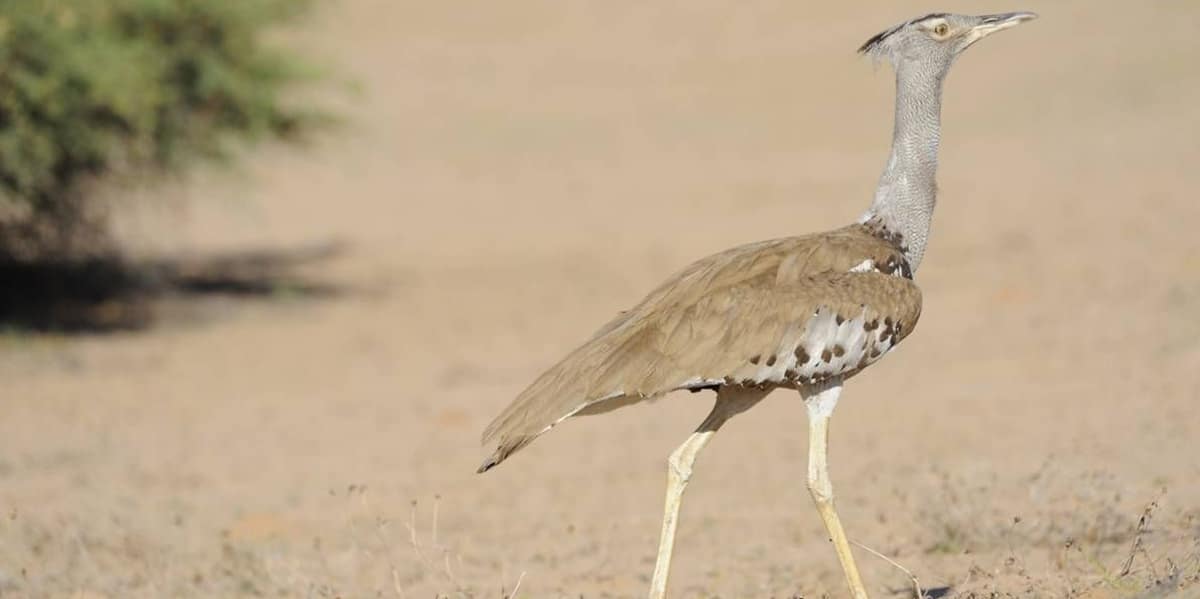
It is a subspecies of the bustard family. It is a bird that feeds preferentially on insects, although if you are very hungry you can eat seeds. The loss of habitat means that there are fewer and fewer members of this species, so it can be considered endangered.
desert hedgehog
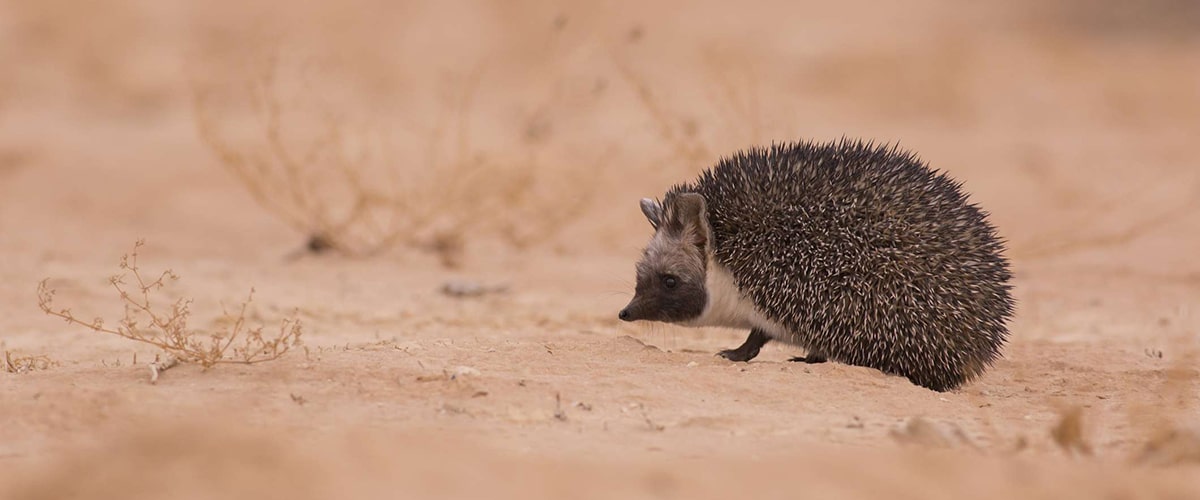
It is a small hedgehog that paralyzes when it feels threatened and becomes prickly, so it is very difficult to catch it since it pricks everywhere. That eats? Insects, eggs and plants.
slender mongoose
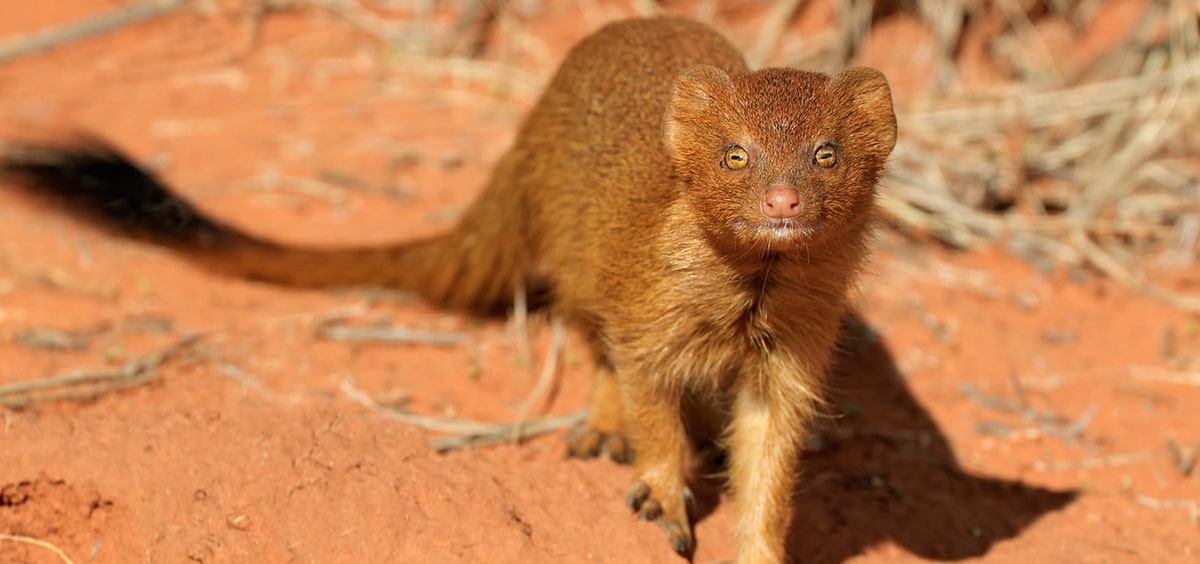
It's the black-tailed mongoose. It feeds on insects, although it also eats lizards, rodents, birds and snakes. Also can kill and eat poisonous snakes, but only if you feel really threatened.
This mongoose can climb trees much better than a normal mongoose, so it eats a lot of birds.
spotted hyena
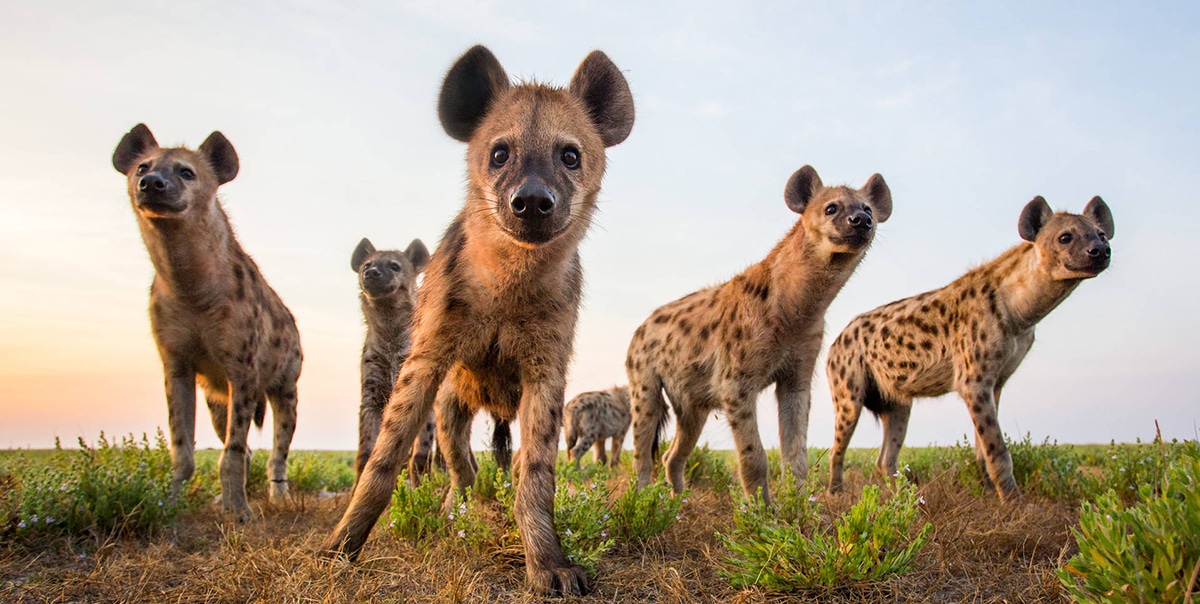
Is the "smiling hyena". It is not yet on the verge of extinction, but it is true that its number has been declining over time and the loss of the natural environment. If we compare it with other species of hyenas, its spots appear, although when the hyena ages its colors change.
The spotted hyena hunts its own prey.